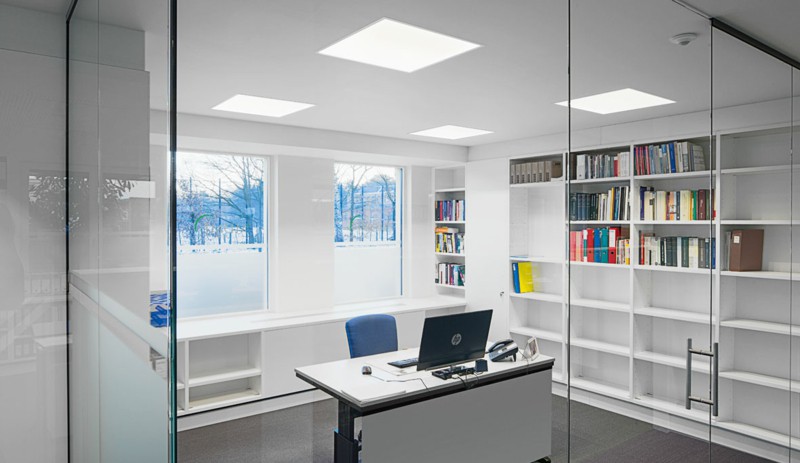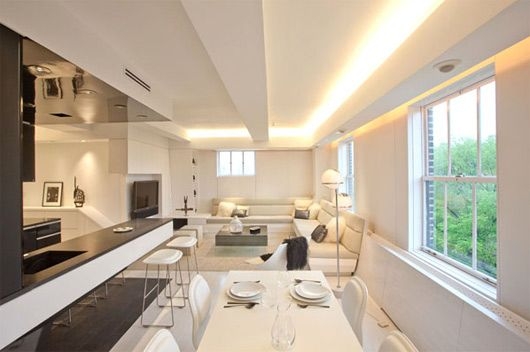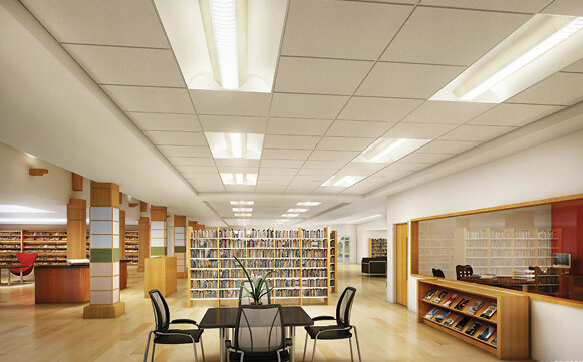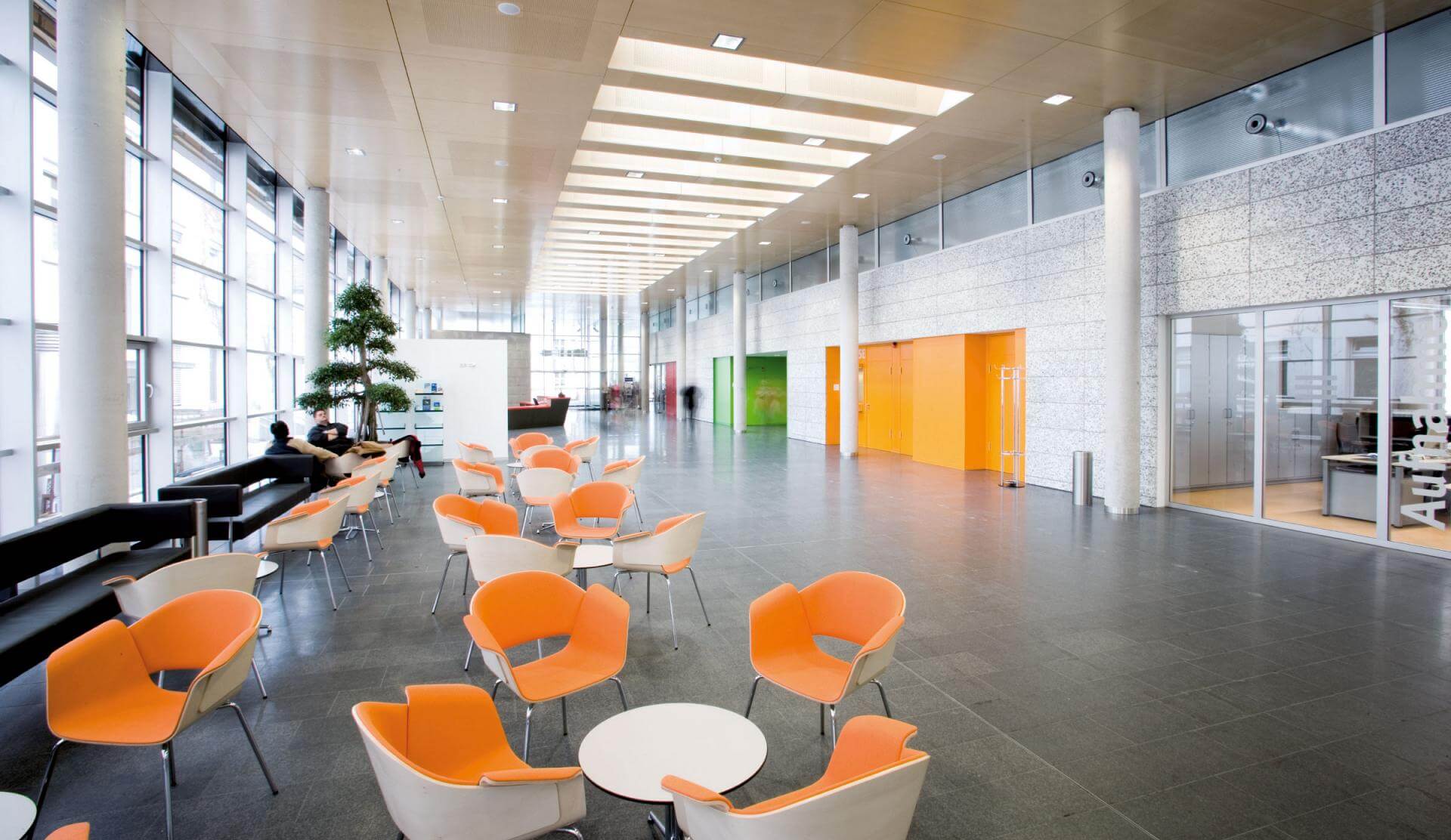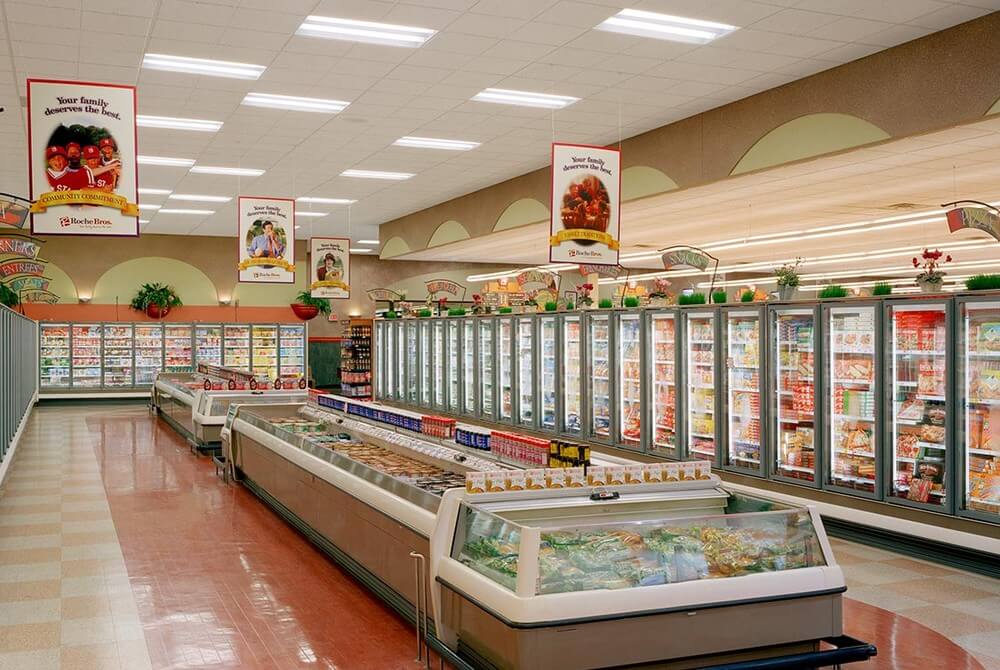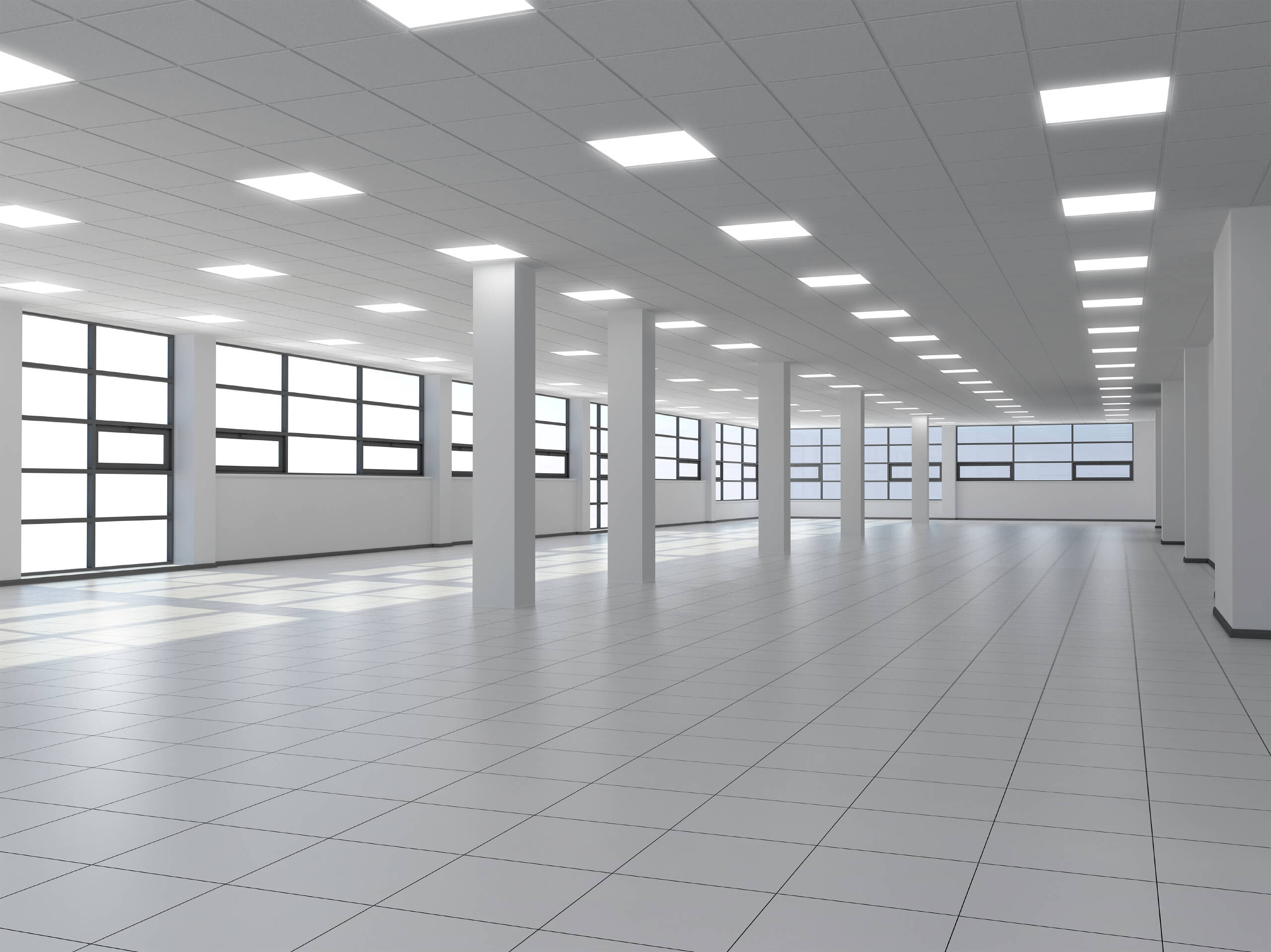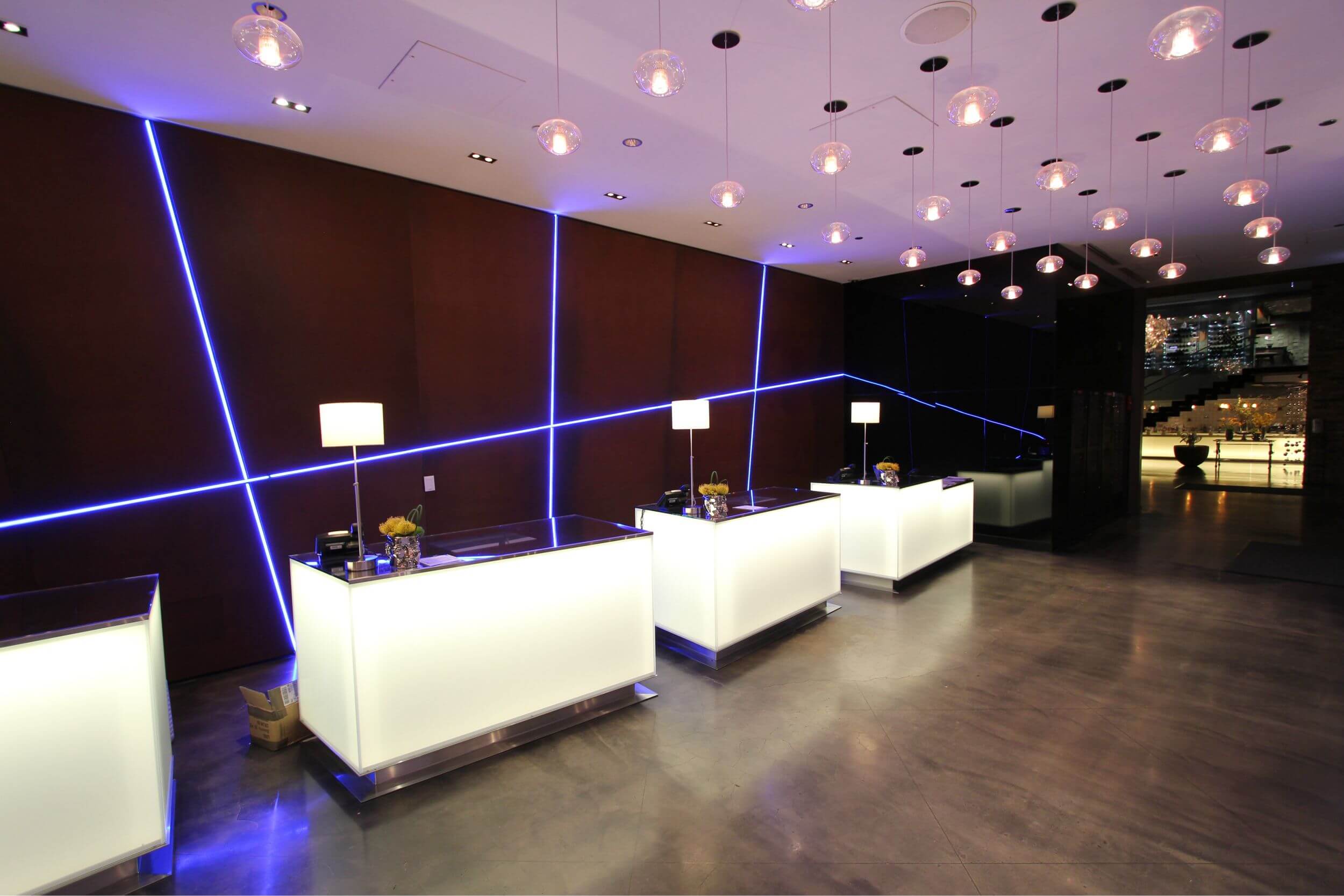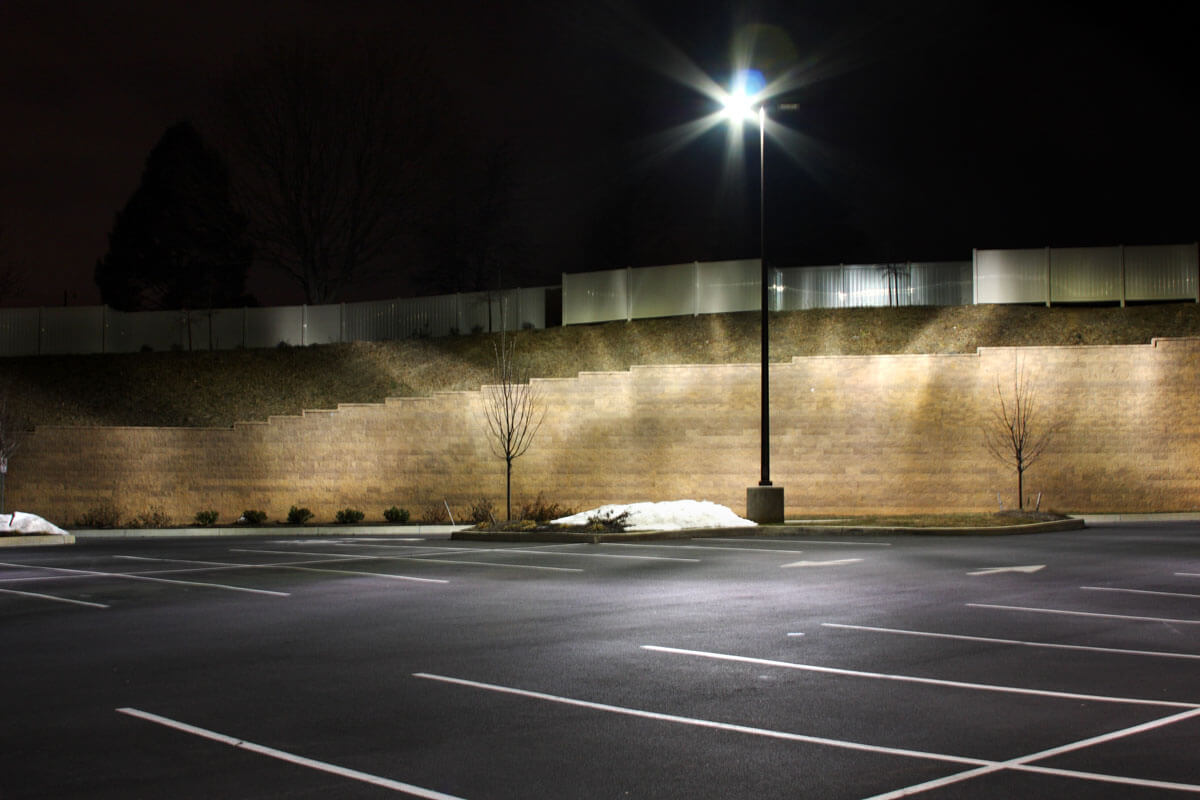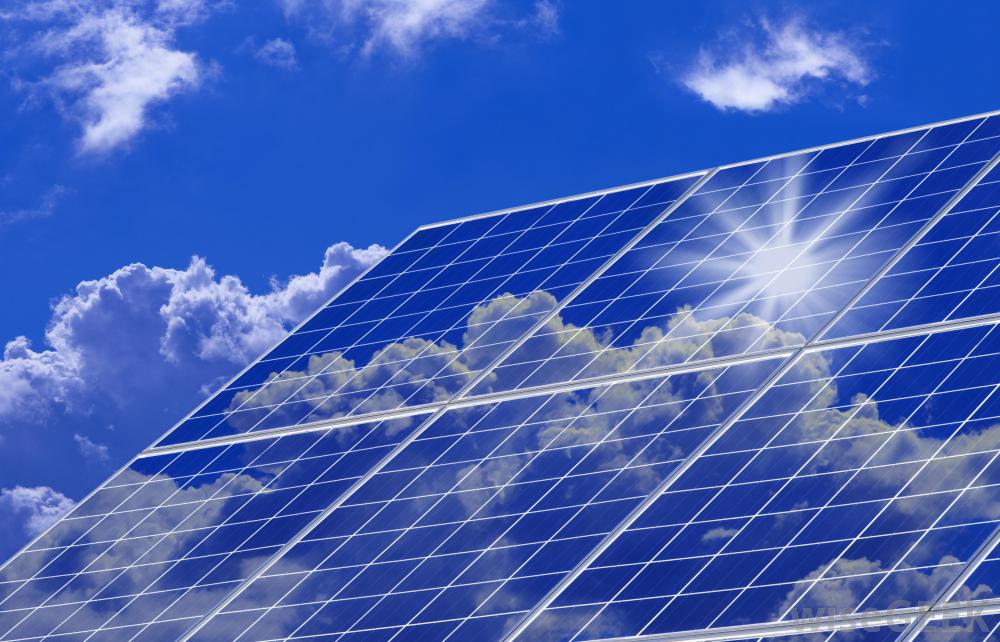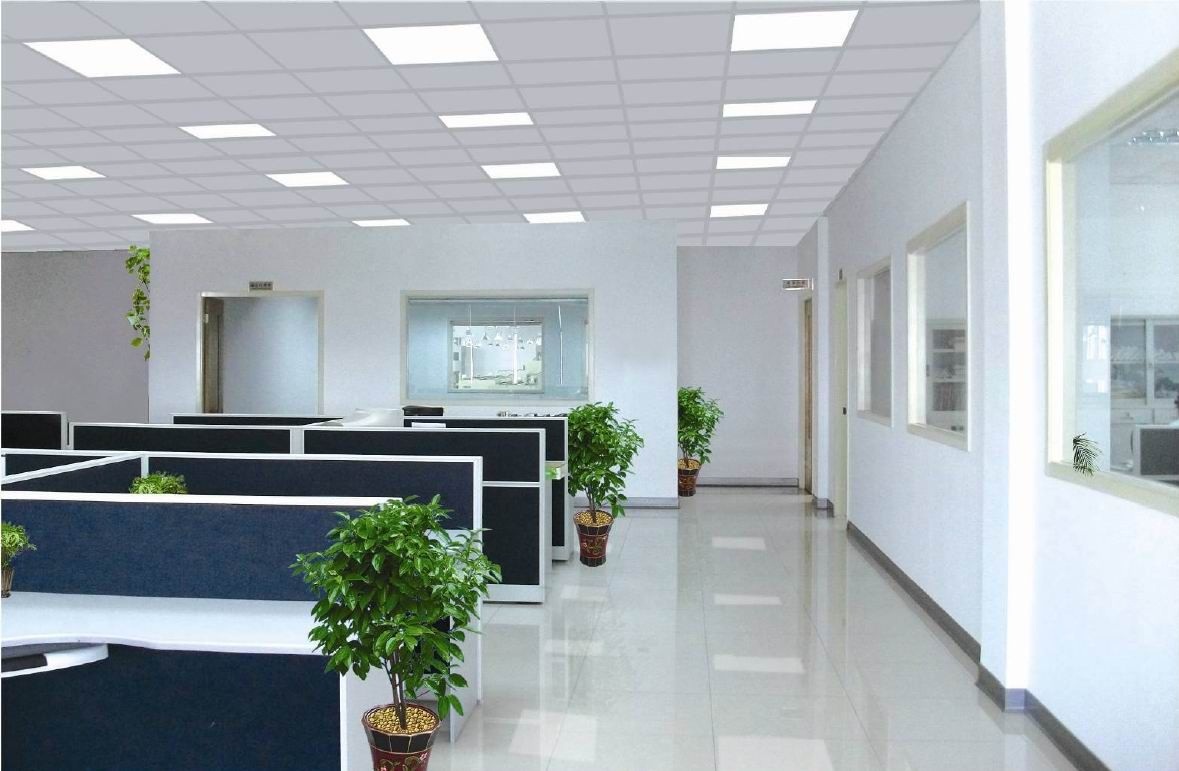Quality lighting solutions are a necessity when it comes to keeping a commercial office space, retail center, warehouse, or mercantile occupancy safe for their employees and a building’s means of egress well-lit. Severe weather, fires, and threats by an intruder can all contribute to the need for quality lighting to be present and maintained at a workplace. Relumination can provide services and quality products that will keep a business during an unforeseen catastrophe.
Escape Routes
The proper interior lighting can provide illumination to an escape route for employees or customers during a crisis. Relumination is able to provide energy-efficient lights that are in good working order. It is important for companies and building owners to be ready for any type of evacuation situation, such as a fire or tornado. Clearly marked and well-lit escape routes are important to all of the occupants of a structure.
According to the Health and Safety Authority, “All workplaces must have clearly identified means of escape in the event of fire.”
Employee Safety
Employees working in a building want to fill safe at their job. Good lighting and emergency exit signs go a long way in offering assistance to workers during unplanned events that require immediate evacuation and the need to find an exit door quickly. Keeping a means of egress marked and illuminated may also contribute to less slips, trips, or falls in the workplace. This is good for the general well-being of all employees, and also for keeping worker’s compensation losses to a minimum.

